Girondins de Bordeaux currently occupy the 12th place on the Ligue 1 table. They are ten points off Nîmes Olympique in the league’s relegation play-off place, which puts them closer to that position than they are to LOSC Lille who currently sit in the fourth place, which is Ligue 1’s Europa League group stage qualification position.
Considering that Les Girondins have got the second-highest net-spend of any Ligue 1 side this season, it may be fair to say that Paulo Sousa, a UEFA Champions League winner with both Juventus and Borussia Dortmund during his playing career, has currently got his side sitting at the wrong end of the league table.
One of Bordeaux’s greatest weaknesses this term has been their struggle with defending against counterattacks. According to Wyscout, they have conceded a total of eight goals from counterattacks this season. This is more than any other Ligue 1 side and almost double the league average of 4.5. In this tactical analysis piece in the form of a scout report, we will examine Paulo Sousa’s tactics and attempt to determine why his side have been so prone to conceding from counterattacks this season.
This scout report will provide a tactical analysis of some elements of Bordeaux’s tactics both in and out of possession, which have contributed to their weakness at defending against counterattacks this season.
Statistical analysis
To kick off this tactical analysis piece, we are going to examine and explain some key statistics which may be able to provide us with some indication of this team’s style of play. All of these statistics have been taken from Wyscout.
The first statistics which may be worth discussing with regard to Bordeaux’s style of play and their difficulty with defending against counterattacks are the ones which give us an indication of where on the pitch this team typically lose possession of the ball.
In Ligue 1, Bordeaux have lost possession of the ball 17.12 times per 90 within their own third of the pitch this season. They have lost possession of the ball 39.76 times per 90 in the middle third of the pitch and lastly, they have been dispossessed 34.61 times per 90 in the final third this term.
No Ligue 1 side have lost possession of the ball within the final third of the pitch on a fewer number of occasions than Bordeaux have this season. However, Only one team have lost possession of the ball in the middle third of the pitch than Bordeaux have, while only four Ligue 1 sides have lost possession of the ball within their own third of the pitch than Les Girondins have this term.
These numbers tell us that Bordeaux lose possession of the ball in the final third less than any other Ligue 1 side, however, they lose possession of the ball in deeper areas of the pitch more than the vast majority of other Ligue 1 teams.
These statistics may help us to determine one of the reasons why this team have conceded more goals from counterattacks than any other Ligue 1 side this season. With the knowledge that Les Girondins lose possession of the ball in deeper areas of the pitch more often than most other Ligue 1 sides, it may not come as a big surprise that Sousa’s men have ultimately conceded a high number of goals from counterattacks this term, as giving the ball to the opposition in relatively close proximity to your own goal will naturally afford the opposition some dangerous goalscoring opportunities.
In addition to that, Bordeaux have been one of Ligue 1’s most possession-based sides this season, retaining an average of 53.9% possession of the ball thus far during the 2019/20 campaign. Only two sides have kept a higher percentage of possession than Les Girondins.
However, Bordeaux are 15th on the Ligue 1 table for ‘passes made to the final third’, 19th on the Ligue 1 table for deep completions, making an average of just 4.95 per 90, and they are 18th on the Ligue 1 table for touches inside the opposition box, making an average of just 11.68 per 90.
While their relatively high average possession percentage tells us that Bordeaux are generally a heavily possession-based side, these statistics tell us that they don’t spend a great amount of time in the final third of the pitch. This low amount of time spent inside the final third may also explain why Les Girondins don’t lose the ball a great deal inside the final third and instead lose possession of the ball a greater number of times in deeper areas of the pitch.
Bordeaux have struggled to effectively build into the final third of the pitch at times this season and we will discuss this and its impact on their weakness at defending against counterattacks at greater length in the next section of this tactical analysis piece.
Struggles in the build-up phase
As we touched on previously, Bordeaux have struggled during the build-up phase of attacks at times this season. Les Girondins have lined up in either a 4-2-3-1 shape or a 3-4-2-1 shape in the vast majority of their Ligue 1 games this season, as per Wyscout. In a February Ligue 1 clash with Dijon FCO, they utilised a 4-2-3-1 shape and we will look at how their tactics within this shape led to them struggling to build attacks during that game.
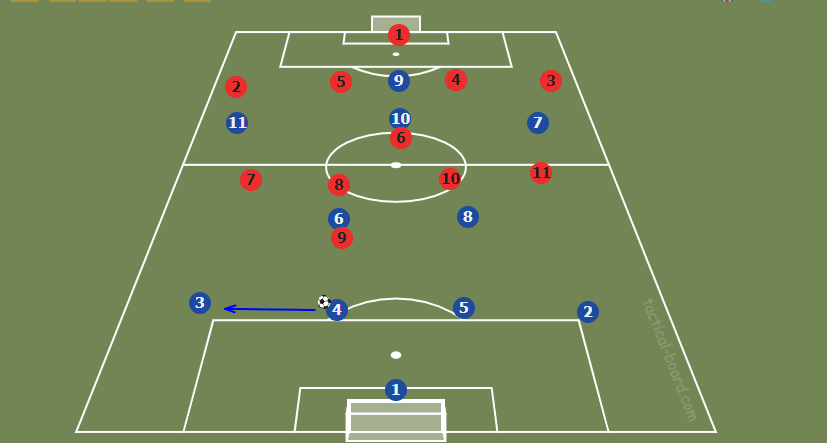
The image above shows us an example of how Bordeaux (in blue) and Dijon (in red) lined up for this Ligue 1 clash. As we can see, Bordeaux’s 4-2-3-1 came up against Dijon’s 4-1-4-1. Dijon utilised a mid-block in this game and they were typically happy to allow Bordeaux’s centre-backs to enjoy possession without pressing them particularly aggressively.
Bordeaux’s number ‘10’ and wingers positioned themselves closer to their centre forward than they did to their two holding midfielders. This helped Dijon to gain an advantage in the centre of the pitch and essentially cut off access to the midfielders during the build-up phase, forcing Bordeaux to play through the wings as a result.
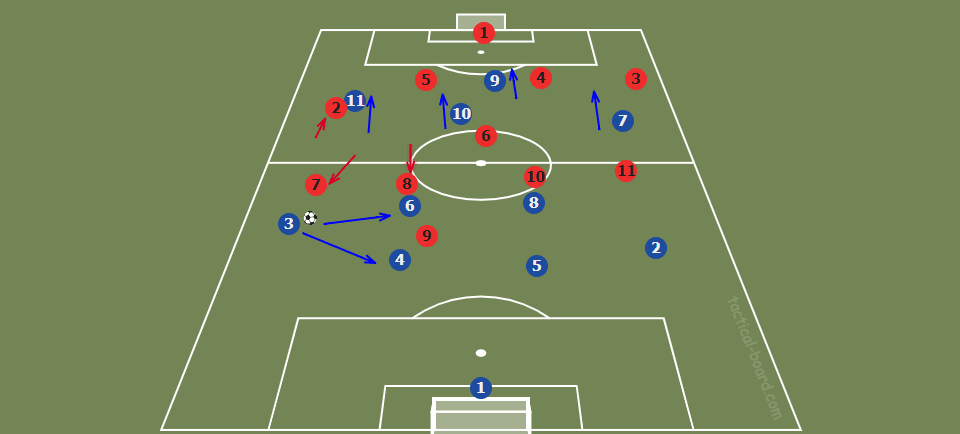
Bordeaux’s full-backs and particularly left-back Loris Benito played an important role in the build-up phase as a result. However, while Les Girondins’ midfield was being cut off by Dijon’s press, Dijon’s winger could also start to press the full-back. At the same time, Bordeaux’s wingers, who typically like to try and get in behind the opposition defence, didn’t offer the full-back a short-passing option.
This leaves the full-back with the options of playing the ball backwards or playing into the midfielder who would immediately be under high pressure from the opposition.
Bordeaux typically play with quite a low tempo during the build-up phase as they struggle to create many easy passing options. Furthermore, they tend to leave a relatively large amount of space between their midfield players and full-backs, and their attacking four (or three if they play with a 3-4-2-1), who often have their eyes set on making runs in behind the opposition’s defensive line. While these runs can be dangerous and Bordeaux do have some technically and physically impressive wide-men, these runs often go to waste as their deeper players can often struggle to advance the ball into these attacking positions.
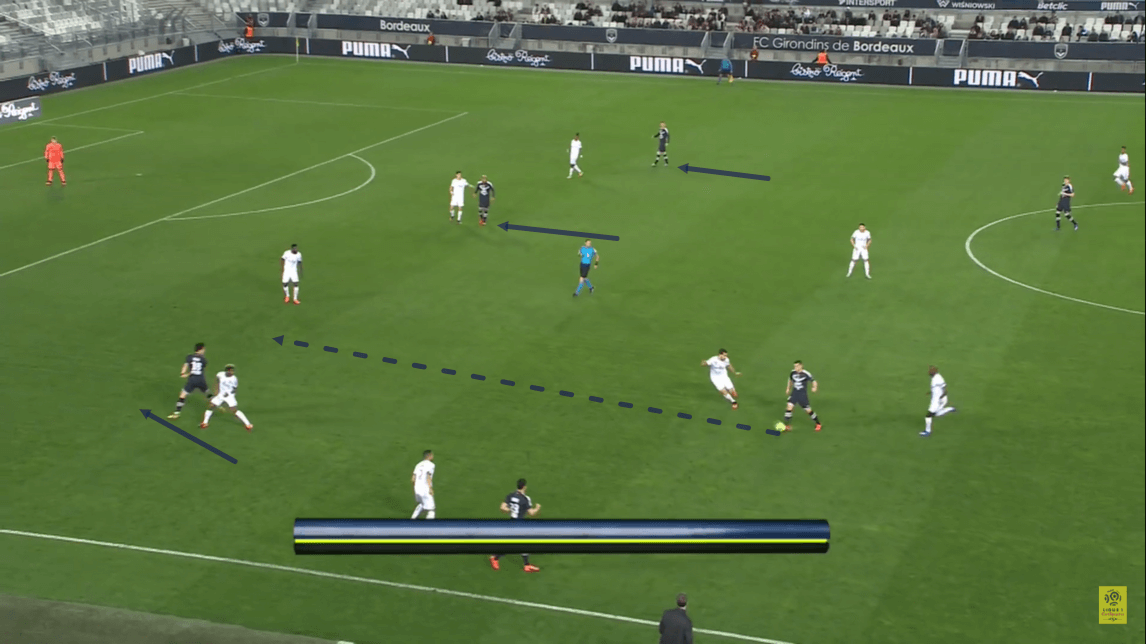
The image above shows us an in-game example of one occasion when left-back Benito played the ball into his near-side central midfielder during the build-up phase. As he did so, the midfielder was immediately pressed by two opposition players, who were operating within a compact block. Upon receiving the ball, this midfielder was forced to immediately try and find the left-winger, Hwang Ui-Jo.
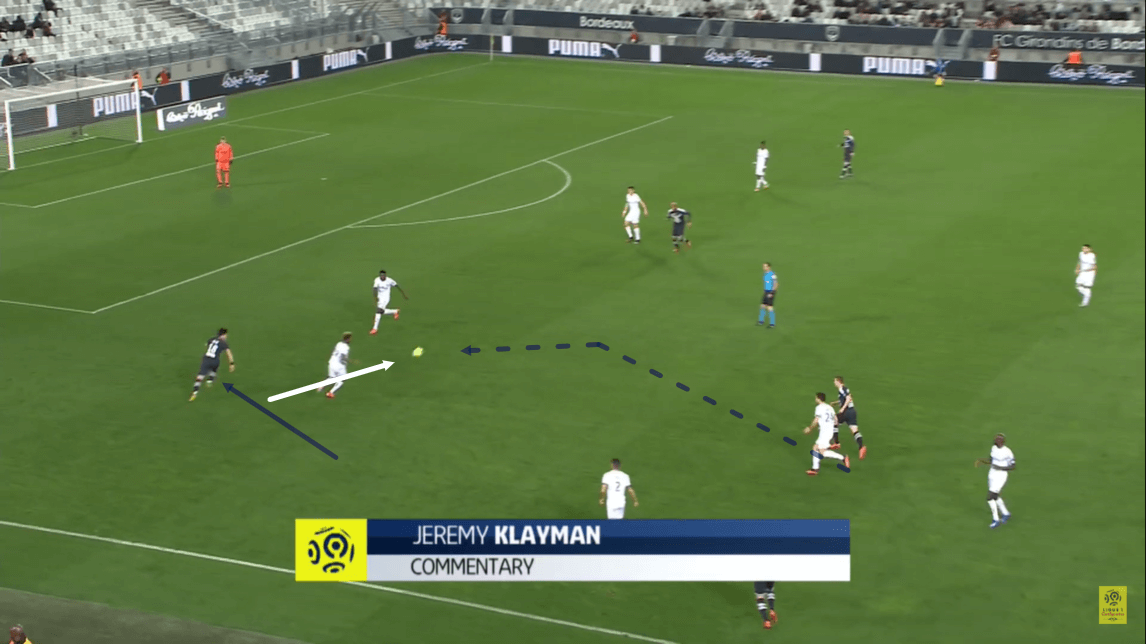
This next image shows us that as this passage of play moves on, the opposition right-back, who was happy to drop deep and stay with Ui-Jo, is able to intercept this ball before it finds the winger who was making his run in behind the opposition defence. On this occasion, this pass fails because the winger is making a run which the midfielder, who is positioned a relatively large distance away from him, is unable to find while being put under pressure.
As the opposition win the ball back here, they are able to start a counterattack which actually results in a goal. This shows us how Bordeaux’s ineffectiveness at building into the final third plays a significant role in their proneness to conceding from counterattacks.
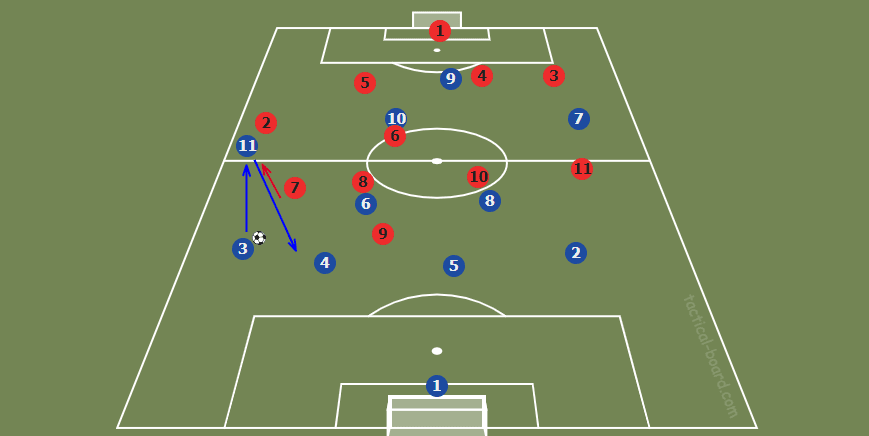
On some occasions when the wingers continuously make these runs which don’t get found by the midfielders or full-backs’ passes, they do begin to drop deeper in an attempt to provide a short-passing option during the build-up phase. We can see an illustration of this type of scenario in the image above.
As the full-back plays the ball to the winger here, the wide-man is immediately put under pressure by the opposition’s full-back and winger. Furthermore, as the full-back is unable to play the ball to the winger via the central midfielder, the winger often receives the ball with his back to goal, under pressure from the opposition. As a result, this makes it difficult for the winger to progress the ball forward safely and he is often forced to play the ball backwards.
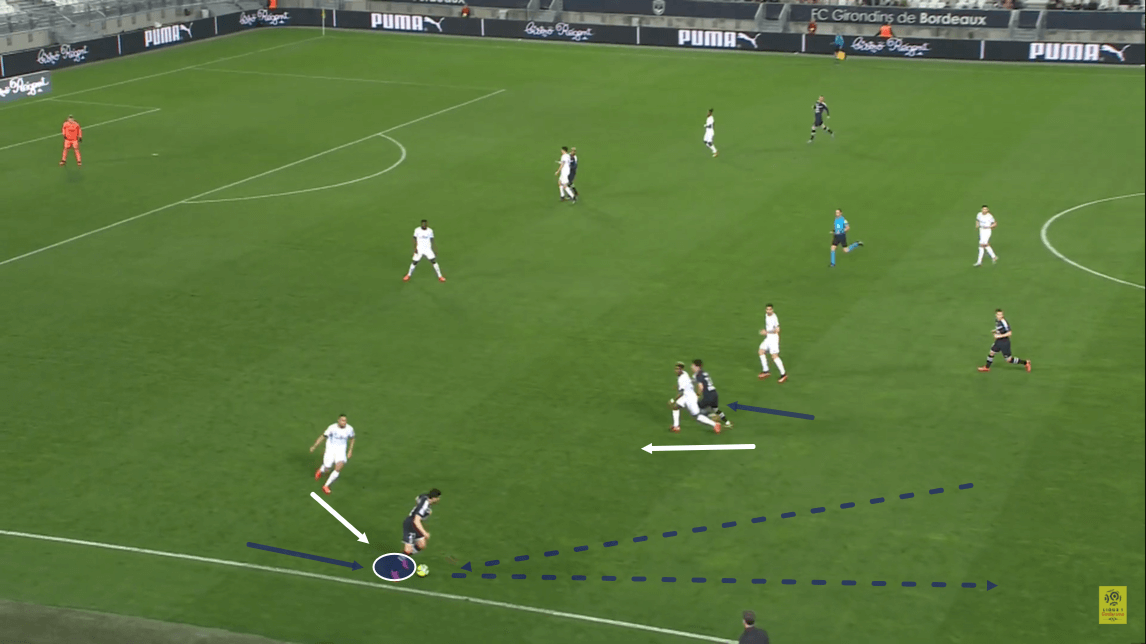
The next image above shows us an in-game example of this type of scenario. On this occasion, we can see the left-back acting as the player who receives the ball high on the left-wing with his back to goal as the winger had been occupying a deeper position just prior to this particular image being taken. However, the result is the same. While the winger runs on and attempts to create a progressive passing option for the full-back, he is unable to turn after receiving the ball with his back to goal and after being immediately put under pressure by the opposition full-back.
Furthermore, the opposition’s central overload allows one of their players to track the wingers run and make it difficult for him to receive the ball. As the play moves on, the full-back is ultimately left with no choice but to play the ball backwards here, which ultimately results in Bordeaux failing to build into the final third.
Bordeaux’s struggles with building into the final third ultimately mean that they spend more of their time in deeper areas of the pitch. As a result, this may play a significant role in the reasoning behind why they lose possession of the ball so much in deeper areas of the pitch and thus why they concede so many goals from counterattacks.
Disorganised pressing and space between the midfield and defensive lines
While the previous section discussed some of the on-the-ball reasons why Bordeaux struggle to defend against counterattacks, this section will take a look at Les Girondins’ disorganised pressing and how that contributes to their difficulty with defending against counterattacks.
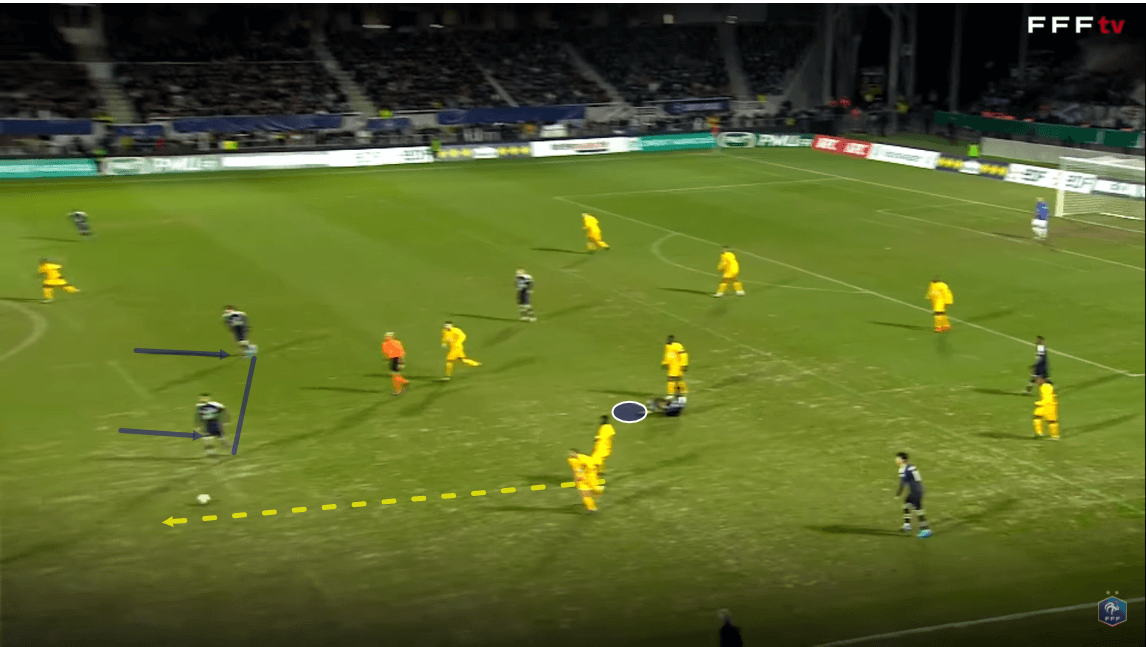
Just prior to this image above being taken, Bordeaux had lost possession of the ball in the right half-space position, which is circled here. We can see that Bordeaux’s attacking four are in front of the ball as the opposition begin a counterattack here, while their midfield duo is also positioned fairly high.
When their team attack, Bordeaux’s midfield duo can, at times, allow a relatively large amount of space to be created between them and their defensive line. This can often be intelligently exploited by the opposition on the counterattack, as was the case on this particular occasion.
We can see a progressive pass being played by the Pau player here as he begins a counterattack. He manages to find a teammate in between Bordeaux’s midfield and defensive lines with this pass, quickly bypassing Les Girondins’ midfield in the process.
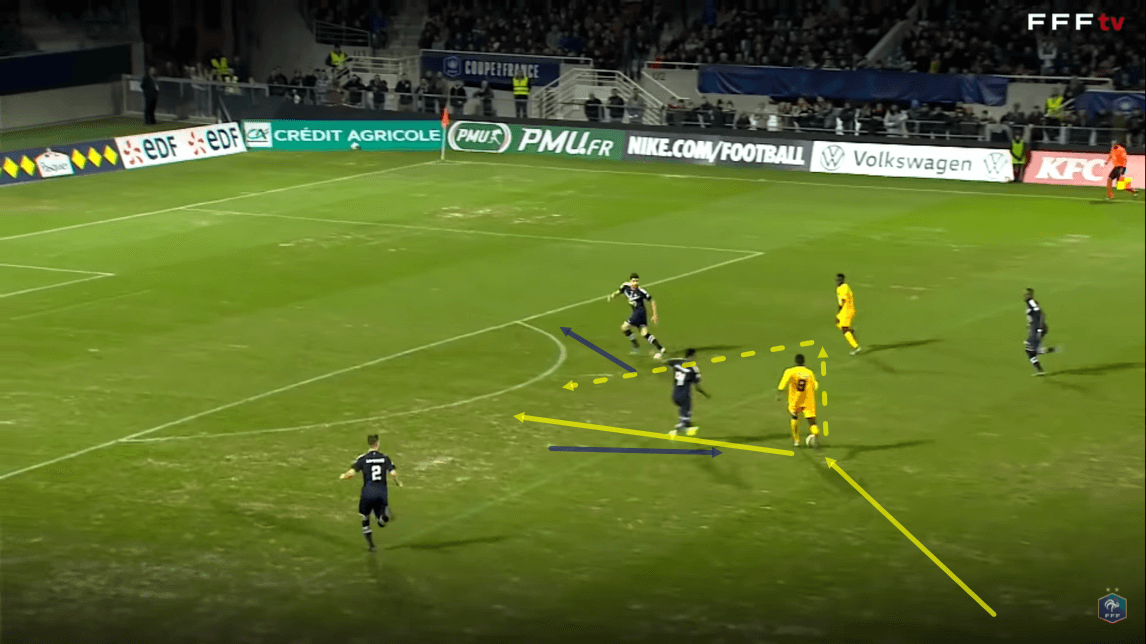
As this passage of play moves on, the Pau attacker carries the ball forward, first beating the Bordeaux right-back as he carried the ball inside and subsequently drawing an aggressive press from one Bordeaux centre-back, whilst the other Bordeaux centre-back retreats, attempting to cover in behind.
Les Girondins’ right centre-back may have felt the need to step out of his defensive line to try and close down this player as heir holding midfielders weren’t present to provide cover, however, this press ultimately proves to be a costly error as Pau’s two attackers here can play a quick and simple one-two to play around this pressing centre-back while the other one alows the attackers’ plenty of space to run into. This results in the forward enjoying a 1v1 situation against Bordeaux’s goalkeeper, who is ultimately beaten.
This passage of play provides us with an example of how the space between Bordeaux’s midfield and defensive lines can sometimes leave their defence exposed. Furthermore, when the opposition exploits this space, it can lead to some disorganised pressing from Les Girondins’ defence which can be costly.
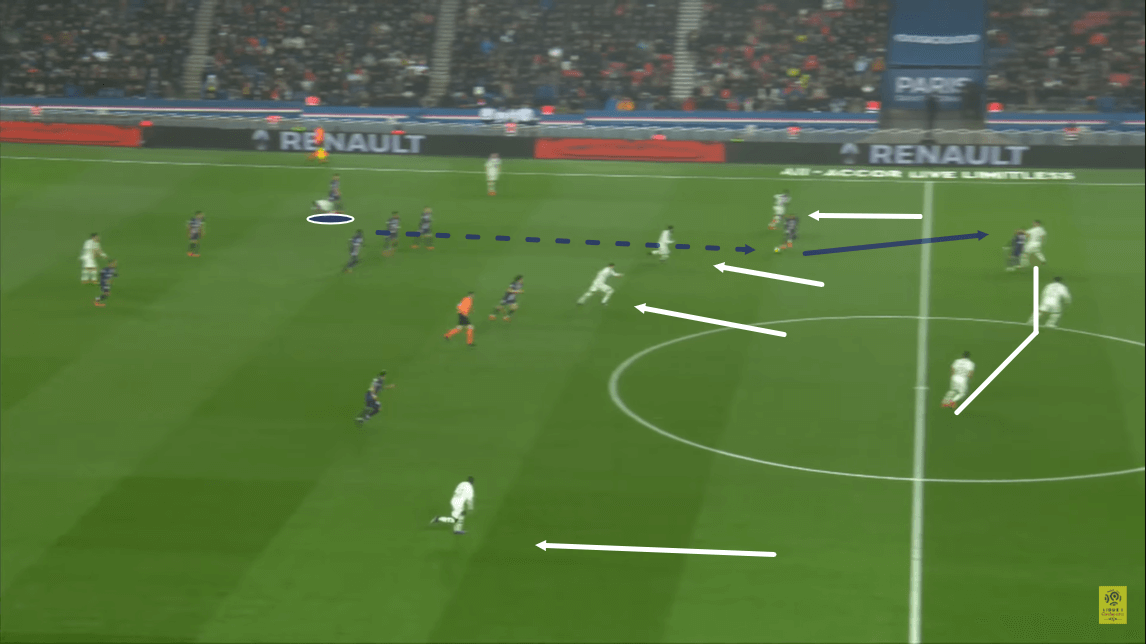
This final image shows us another example of Bordeaux’s disorganised pressing. On this occasion, the image is taken from Les Girondins’ 4-3 February loss to Paris Saint-Germain.
Bordeaux, wearing a white strip on this occasion, had just lost possession on their right-wing immediately prior to this image being taken. Les Girondins’ midfield and wing-backs had advanced their positioning fairly high. However, this created a large gap between the two lines which pacey attacker Kylian Mbappé is able to probe into and ultimately receive possession in.
Bordeaux’s right wing-back struggles to keep up with Mbappé once the forward gets moving and Mbappé goes on to exploit the gap between the right wing-back and the defenders to create a goalscoring opportunity.
The amount of space that Bordeaux allow to exist between their defensive line and midfield line would be dangerous in any game, however, allowing that space to exist against PSG, who have scored more counterattacking goals than any other Ligue 1 side this season with 12, is especially dangerous and may provide us with an example of why Bordeaux concede so many goals from counterattacks.
Conclusion
To conclude this tactical analysis piece in the form of a scout report, it may be fair to say that Bordeaux have shown some clear reasons this season from their tactics both in and out of possession, which may give us an indication of why they struggle to defend against counterattacks to such a large extent.
Firstly, Bordeaux struggle to build into the opposition’s final third and spend a far greater amount of time in the deeper two-thirds of the pitch. This subsequently results in them losing possession of the ball in deeper positions on more occasions than most Ligue 1 sides and this ultimately provides their opponents with goalscoring opportunities on the counterattack.
Furthermore, too much space can often exist between Bordeaux’s midfield and defensive lines. This can often be exploited by the opposition on the counter and this, along with some disorganised pressing on occasion, can allow Bordeaux’s opponents to hurt them on the counter.

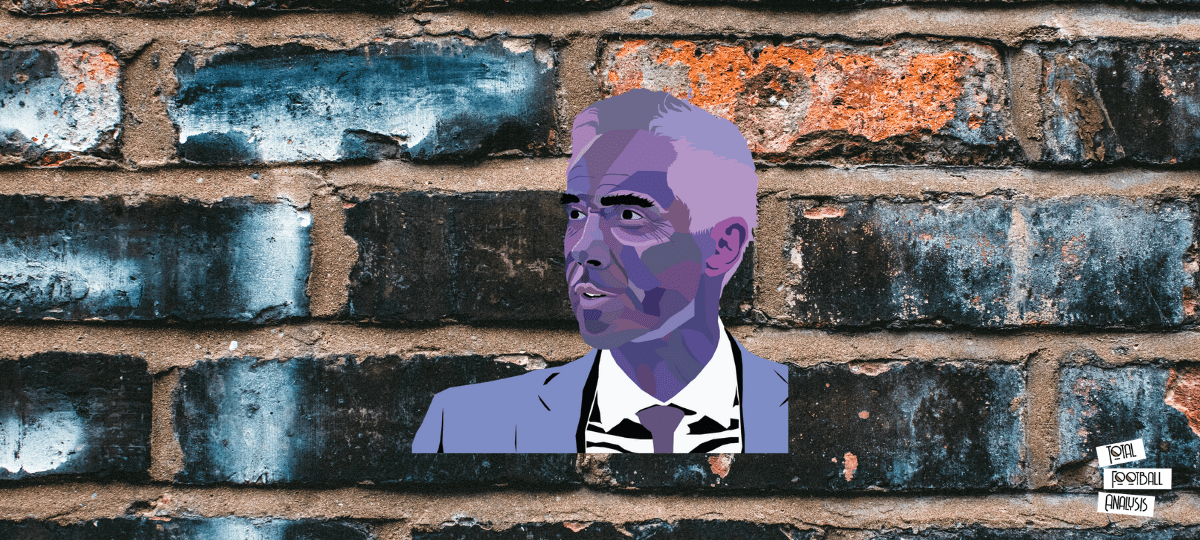
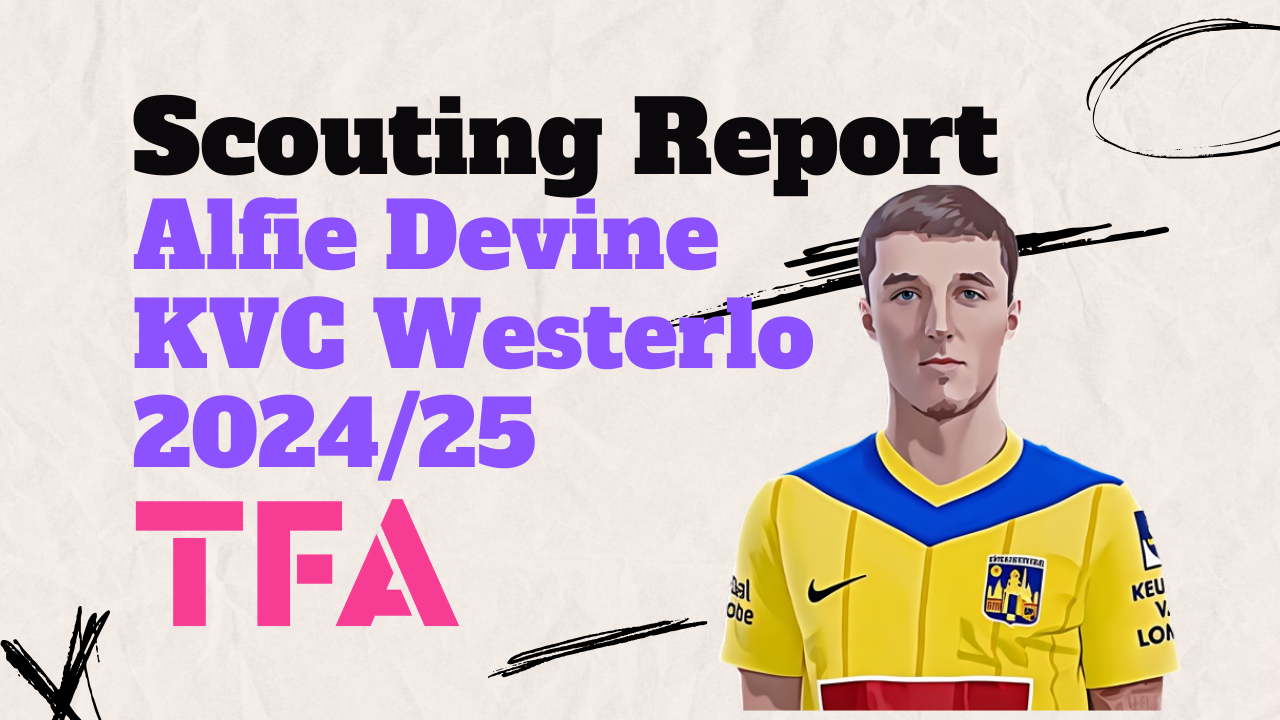
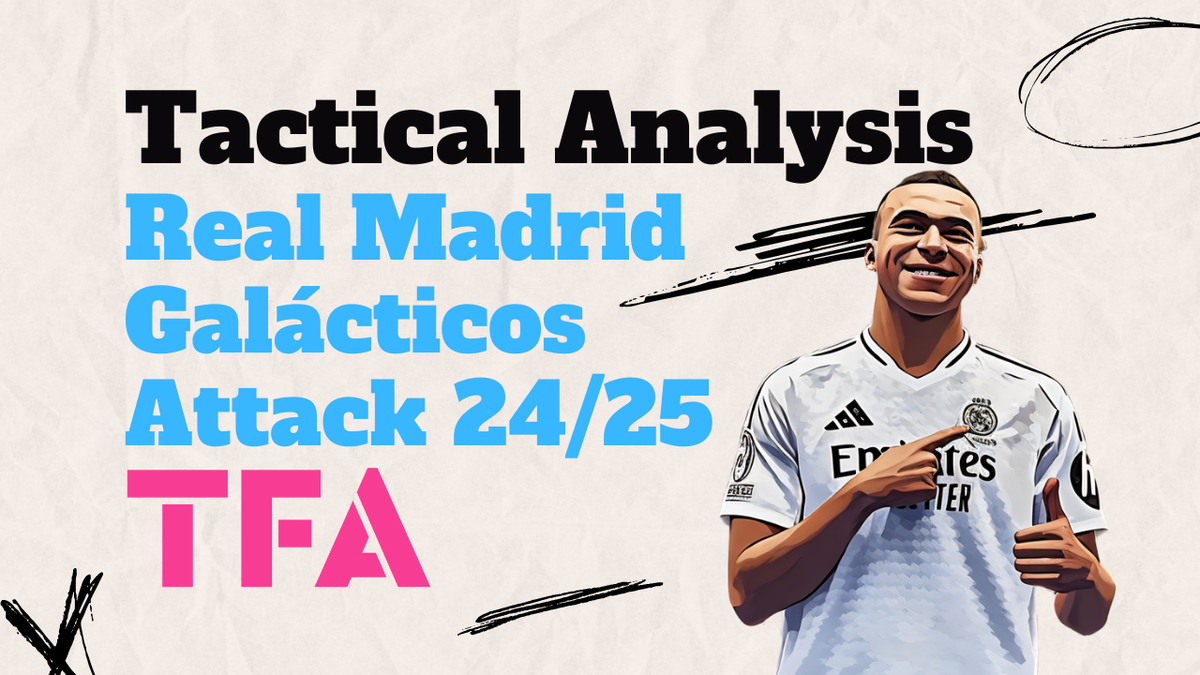
Comments